Celtic Spirituality reflection and contemplation
The Rev. Ray Simpson, an Anglican priest, and is the founding Guardian of the International Community of Aidan and Hilda and the principal tutor of its Celtic Christian Studies program. He lives on Lindisfarne—Holy Island—in northern England. Lindisfarne is the cradle island of Christianity for English speaking people and many pilgrims find their visit rich in resources including a possible stay at the community retreat house, the Open Gate.
This Celtic community resonated with me more than other Celtic sites, as I regularly visited this location when I lived in Scotland. I then didn't knowing its significance.
The following are some of the books the Rev. Ray Simpson has written:
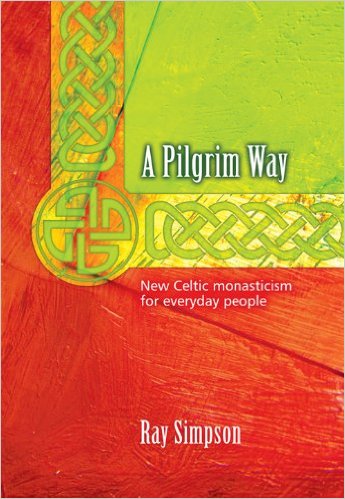
A Pilgrim Way: New Celtic Monasticism for Everyday People
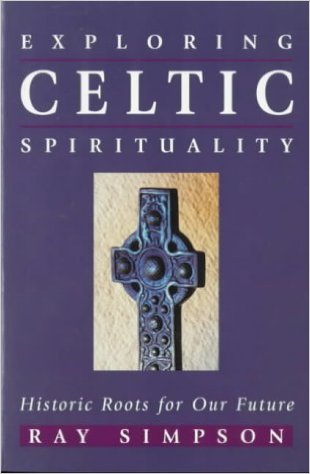
Exploring Celtic Spirituality
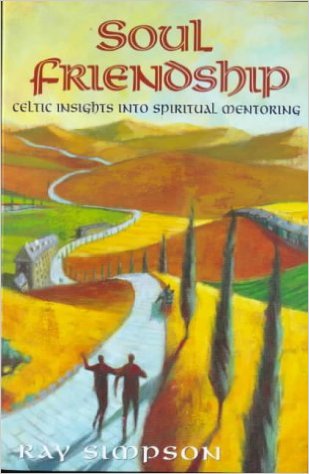
Soul Friendship: Celtic Insights into Spiritual Mentoring
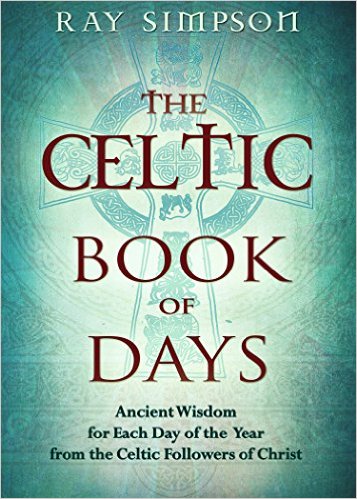
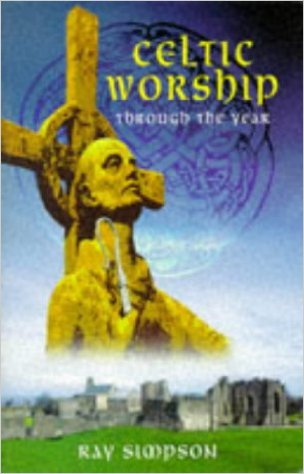
Celtic Worship Through the Year
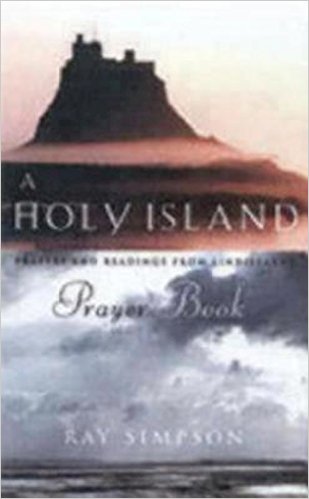
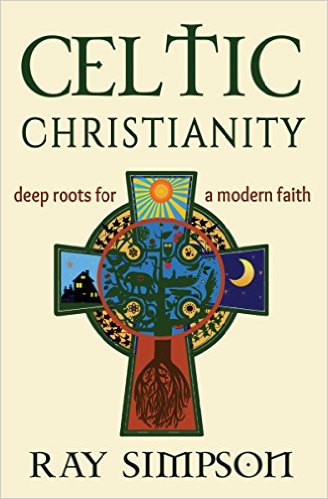
For more information about International Community of Aidan and Hilda, visit the following web sites for further information, and other communities I have found helpful.
https://www.aidanandhilda.org.uk/index.php
Here are some media files of Ray Simpson teaching on various subjects.
Further sites I find interesting and useful, giving further insight about different Celtic Spirituality and communities at the following links:
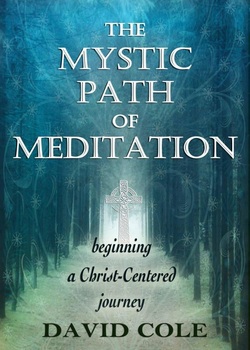
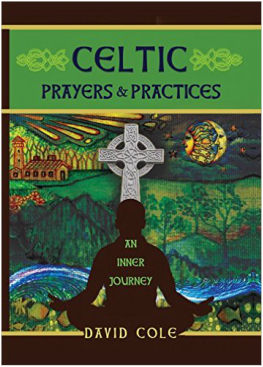
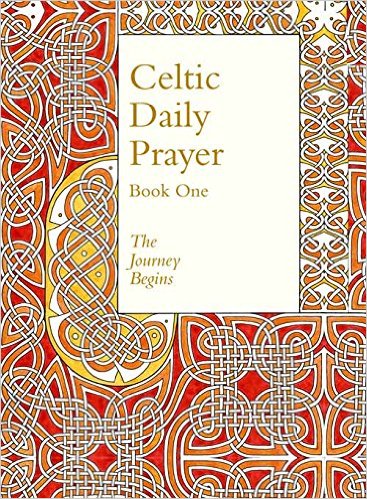
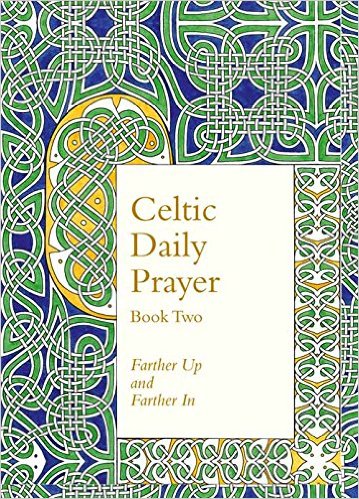
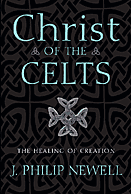
This is a book I also enjoyed. These quotes grabbed my attention.
“The great Irish teacher John Scotus Eriugena taught that God speaks to us through two books. One is the little book, he says, the book of scripture, physically little. The other is the big book, the book of creation, vast as the Universe.” From a book I’m reading at present Christ of the Celts By J. Philip Newell, p 50.
In Celtic Spirituality there is a “practice of listening for the living Word of God in nature as well as in scripture. This was the conviction of the ninth century philosopher John Scotus Eriugena, perhaps the greatest teacher the Celtic brand of the church ever produced. His name, a complicated one to the modern ear, simply means ‘John the Irishman from Ireland’ . Eriugena taught that Christ moves among us in two shoes, as it were, one shoe being that of creation, the other that of scripture, and stressed the need to be as alert and attentive to Christ moving among us in creation as we are to the voice of Christ in scripture.” Listening for the Heartbeat of God A Celtic Spirituality By Philip Newell, p34.
“To know the creator, we need only look at the things he has created. The way to learn about God, Eriugena believed, is through the letters of Scripture and through the species of creation. He urges us to listen to these expressions of God and to conceive of their meaning in our soul.” Listening for the Heartbeat of God A Celtic Spirituality By Philip Newell, p35.
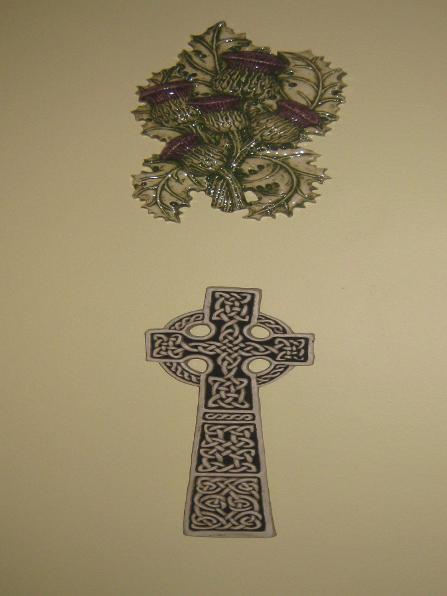
The Celtic Heart
A book I like all about touching the fathers heart can be found at Philip Newell's site. look for "listening for the heart beat of God"
I would like to read his most recent book "Christ of the Celts: the Healing of Creation"
A Place I would Like to visit one day
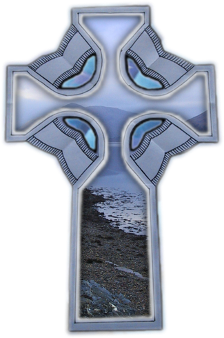
M.A. in Celtic Christianity
Celtic spirituality.
http://www.bangor.ac.uk/courses/postgraduate/the-celts-ma-pgdip
Bede
Arthurian Tales / Ledgends
CARMINA GADELICA - Volume 1
Carmina gadelica : hymns and incantations with illustrative notes on words, rites, and customs, dying and obsolete
by Carmichael, Alexander, 1832-1912. ed. and tr; Watson, Elizabeth Catherine Carmichael; Watson, James Carmichael; Matheson, Angus, 1912-1962
Published 1928
Usage Attribution-Noncommercial-Share Alike 2.5 UK: Scotland



Topics Hymns, Scottish Gaelic
SHOW MORE
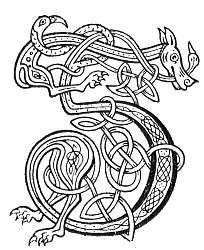
St. Columba
Columbanus
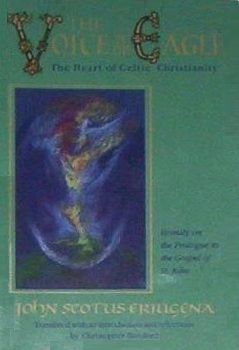
John Scotus Eriugena was born and raised in Ireland during the early ninth century. Neither monk nor priest but a "holy sage," he carried to France the flower of Celtic Christianity. His homily, The Voice of the Eagle, is a jewel of lyrical mysticism, theology, and cosmology, containing the essence of Celtic Christian wisdom. He meditates on the meaning and purpose of creation as revealed by the Word made flesh, distilling into twenty-three short chapters a uniquely Celtic, non-dualistic fusion of Christianity, Platonism, and ancient Irish wisdom. The translator's "Reflections" make up the second half of this book and attempt to unfold some of the life-giving meaning implicit in Eriugena's luminous sentences. Inspired both by a personal search for a living Christianity and by a sense of the continuity of Western culture, these "Reflections" offer a contemporary, meditative encounter with the Word, or Logos, as mediated by both St. John's Prologue and Eriugena's Celtic homily. This favorite of Celtic Christianity, unavailable for several years, has been revised and includes a new introduction by Thomas Moore, author of Care of the Soul and The Soul of Sex. (less) From Goodreads

Celtic Art Work Course I like the look off.
The Aon Celtic Apprenticeship Program exists to promote the ancient art form of Celtic design. Each program runs for a series of 6 or 8 weeks and covers advanced topics with the benefit of personalized feedback and direction in the format of apprenticeship style instruction.. Aon Celtic Apprenticeship Program ©2005, Cari Buziak aon-apprentice@aon-celtic.comaon Celˇic arˇ
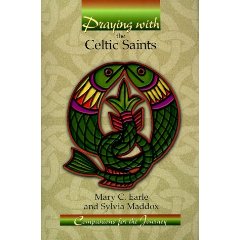
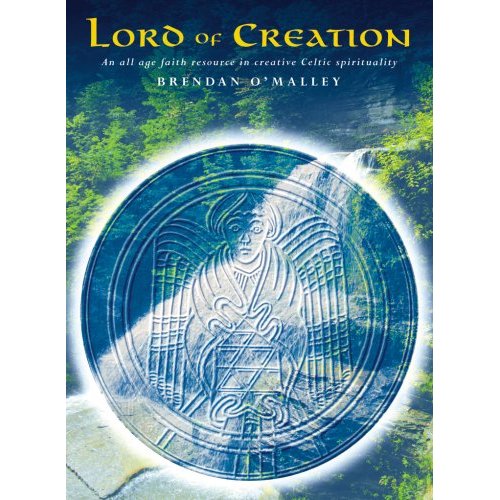
"In the beginning was silence, and out of the silence came sound. and out of the sound came the word, and the word was vibration, which took shape in the alphabet of creation. out of no-thing god spoke the word, which became matter, the order and substance of cosmos. thus through the flesh, all that is created out of silence resonates and returnes toward the still, silent mystery of god, before which all words ultimately fail."
From the above book
